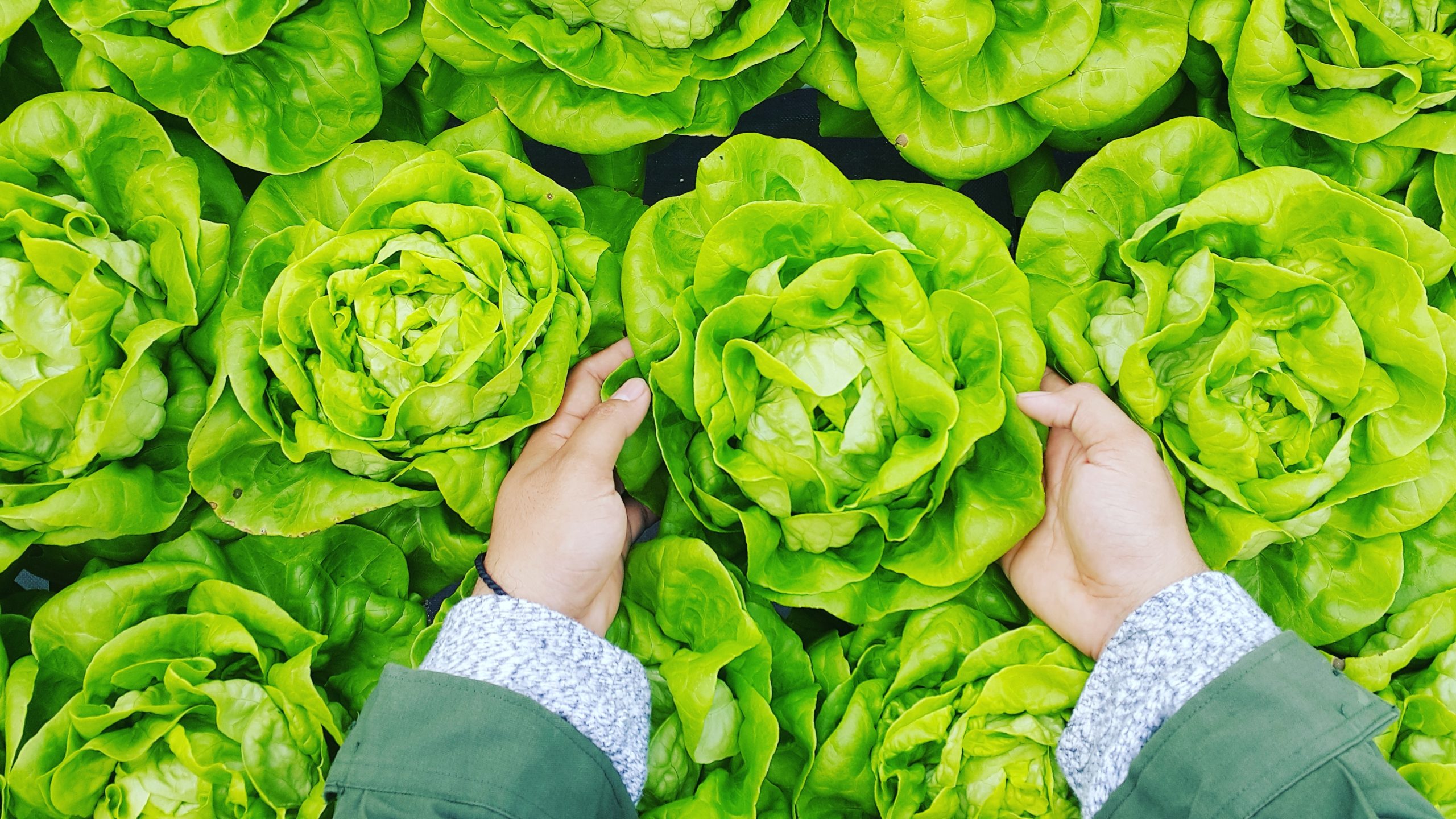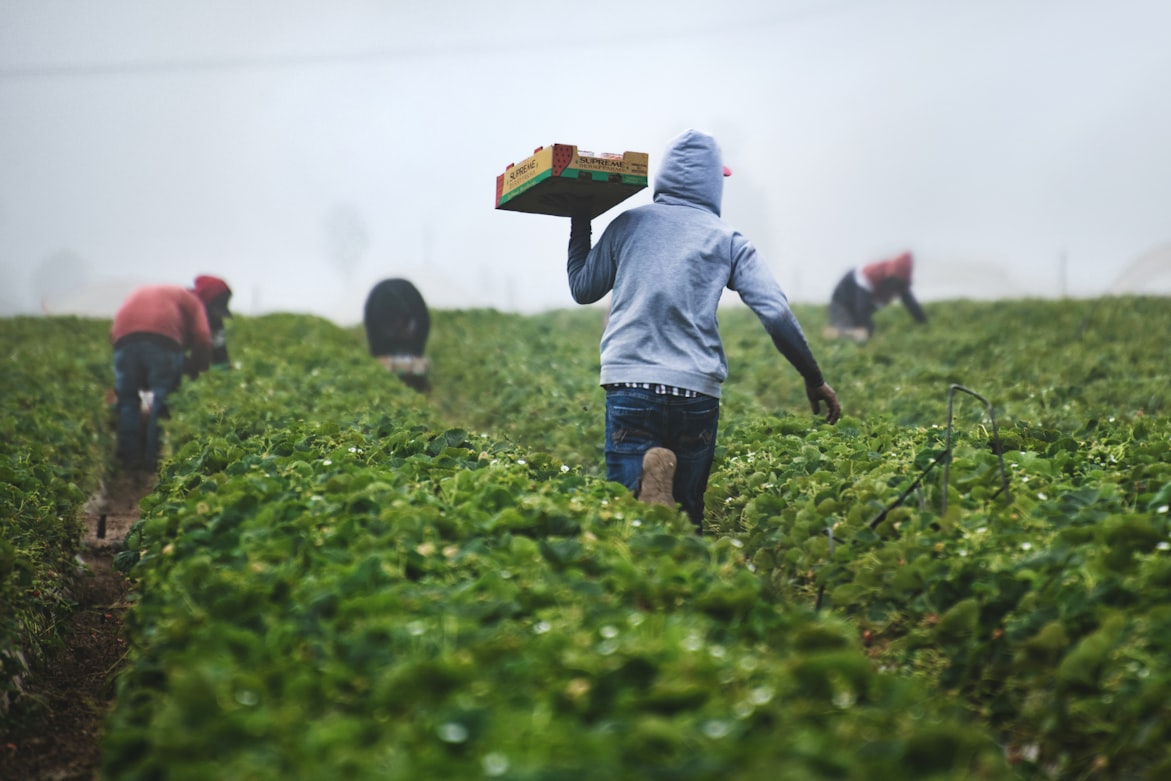Regenerative Agriculture: A Solution for Better Food Security, Biodiversity and Stronger Supply Chains

The way we farm, distribute, and even eat our food has a variety of impacts on our planet, affecting everything from biodiversity to food security. A solution that is gaining momentum in efforts to improve farming and food industries is regenerative agriculture.
Some of the world’s largest global brands are reshaping their business models to integrate regenerative agriculture as a means of improving environmental impact, while also strengthening supply chains. According to AI-powered market data company, Spoonshot, business interest in regenerative agriculture has risen 138% since 2019. Target, Unilever, and General Mills are all striving for a more regenerative approach, as is Walmart.
The Grocery and retail giant has a track record of applying large-scale changes to their business in support of net-positive solutions, including switching to solar power back in 2006 and promising in 2005 to protect one acre of wildlife habitat for every acre of land the company develops, through Acres for America. More recently, Walmart ensured that nearly 100% of their private label (“Great Value”) coffee & tea are certified green by the Rainforest Alliance.
Now, Walmart has promised to make even more progress towards improving their environmental impact, by pledging to make regenerative agriculture a core part of their business model.
Planting The Seeds for Change
Regenerative agriculture aims to, well, regenerate or renew our overworked soil in an effort to improve food security and production while making a more positive impact on our ecosystem. Over the past 50 years, global agricultural activity has more than doubled and, unfortunately, many of the methods used to increase production come with a detrimental cost to the environment.
One of the biggest impacts of industrial agriculture is that it degenerates the overall quality of the soil. Growing so many of the same cash crops over and over again decreases the biodiversity of the soil, which causes the soil to lose many of the important nutrients that are transferred to us when we eat fruits & veggies. In this sense, the more we overwork the soil, the less functional it becomes; and it’s pretty scary to imagine what we would do if our soil wasn’t able to grow anything at all.
Regenerative agriculture promotes a return to more traditional farming methods, which help the soil heal through carbon sequestration. It’s a strikingly simple concept, and if you want to learn more, I highly recommend watching Kiss The Ground on Netflix! Through regenerative practices — such as crop rotation, compost use, and reduced tillage of the soil — it’s actually possible for us to sequester more carbon than we’re emitting, thus better protecting Earth’s atmospheric conditions.
Nature knows what it’s doing; so if we nurture our soil, this healthier foundation will yield more nutritional and resilient crops, which in turn help us all become healthier overall. In this sense, regenerative agriculture is a guaranteed way for us to “live better”; and Walmart is on a mission to do just that. The corporation has pledged to switch over 50 million acres to regenerative farming practices — such as planting no-till cover crops that help return carbon and other nutrients to the soil — and they’ve partnered with the nonprofit Midwest Row Crop Collective to ensure they’re reaching their goals.

A Better, More Cost-Effective Supply Chain
Walmart is incorporating regenerative practices across their supply chain, starting at the roots.
Walmart is supporting 30,000 midwestern farming operations, offering them financial assistance, training, and access to a network of other farmers who are working to revolutionize agriculture for good. By providing farmers with financial and intellectual resources, Walmart is allowing them to enact large-scale changes which will help their farms, and agriculture at large, flourish.
“When you visit these farmers, they’ve got half the things down, but they do need some technical assistance and some training to help them see how these regenerative practices are not just delivering conservation but are giving them tools to make their business more profitable in the short term and in the long term.”
– Mikel Hancock, Senior Director of Sustainable Food and Agriculture at Walmart
This is all to help us “eat better,” but what about the “save money” part that is so essential to Walmart’s business strategy? Many people assume that green business practices always come with a higher price tag; but when it comes to regenerative farming, making the switch can actually cut costs dramatically. Over time, regenerative farming practices require a lot less input, specifically regarding pesticides and fertilizers.
A research team from Forbes found that nearly one third of farmers’ gross income went towards inputs on conventional fields, versus 12% in regenerative fields. Overall, healthy fields have an easier time producing crops; so healing our soil through regenerative agriculture is just about the smartest long-term investment we can (and should!) make.
Not only is Walmart investing in a brighter future for agriculture, but their commitment to competitive prices means that a wide range of people will be able to reap the benefits. Many of the cheapest production methods across various industries have a negative impact on the environment, so switching to more eco-friendly practices often requires some high costs up-front. Because of this, many smaller businesses simply can’t afford to be more “sustainable”, and many more people are unable to afford “sustainable” products with a higher price tag.
Being a corporation with enormous amounts of money and other resources, Walmart has the ability to make change throughout their supply chain, and beyond; and at their Great Value prices, people of all incomes & backgrounds will be able to enjoy hundreds of more environmentally-friendly products!
A Regenerative Revolution
A retail giant like Walmart using its wealth for good, by consciously breaking away from the “norm” in big business, is a huge deal. And thankfully, Walmart isn’t alone! In the past, they partnered with Sam’s Club to set better guidelines for their pork supply chains, as well as certain crops like rice and corn.
General Mills has pledged to source a percentage of its corn from farms that use regenerative practices, and they’ve promised to devote one million acres of land to regenerative agriculture. PepsiCo recently announced that it would adopt regenerative agricultural practices across 7 million acres of its farmland. Additionally, other large companies such as Target and Unilever have also committed to joining the regenerative revolution.
While this makes it seem like the movement is gaining significant traction (as it should), it’s important that we collectively hold these companies accountable to their goals and promises. It’s fantastic that these major players in the food & retail industries are getting educated about how they can better protect the environment — and hopefully, we’ll continue to see more of them use their wealth and resources for good! — but enticing consumers with well-worded proposals is much different than actually taking action and producing tangible results.
So don’t put all of these companies on a pedestal just yet; try checking out their impact pages/statements to see how they’re truly making a difference. Walmart is for sure making great strides, and I’m excited to see what actions they take in the future!


Leave a Reply